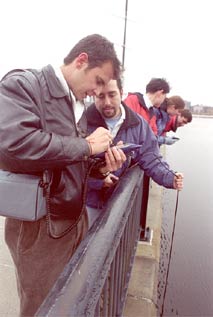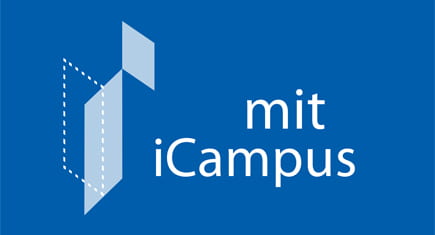
June 2001–December 2002
Conducting environmental field studies requires the collection of complex data and accurate computations. Often such complex recording and analysis of data still occurs with paper and pencil. The STEFS project explored ways to use mobile computing for efficient and inexpensive environmental and geo-positional data gathering through GIS, GPS, sensor, and wireless technology.
“STEFS was the first real opportunity for us as students to do cutting-edge research at the interface of environmental science and mobile computing.
—Enrique R. Vivoni, Graduate Research Assistant, Parsons Laboratory, MIT
We cherished this opportunity enormously and took full advantage of the resources and momentum to develop a state-of-the-art field data collection system. The system is still innovative today, and I continue to receive frequent e-mails from folks interested in our STEFS products.”
To assist these studies, the project created an electronic field notebook application that was capable of integrating and storing data collection from environmental and GPS sensors, and making computations from the field based on the data. This information could be easily displayed to field workers on-site and to others through an Internet site. The project provided hands-on product development experience to undergraduate engineering majors and incorporated programming for Windows CE, the technologies related to field studies, and actual testing on a trip to New Zealand and Australia. Projects like STEFS offer students a full view of software development—including conceptualizing, planning, developing, testing, and making the improvements needed to improve their studies out in the field.
Student Participants: Enrique Vivoni, Daniel D. Sheehan, Kan Liu, Keyuan Xu, Richard Camilli, Rose Liu, Sheila Frankel
Faculty Advisor: Prof. Dara Entekhabi
